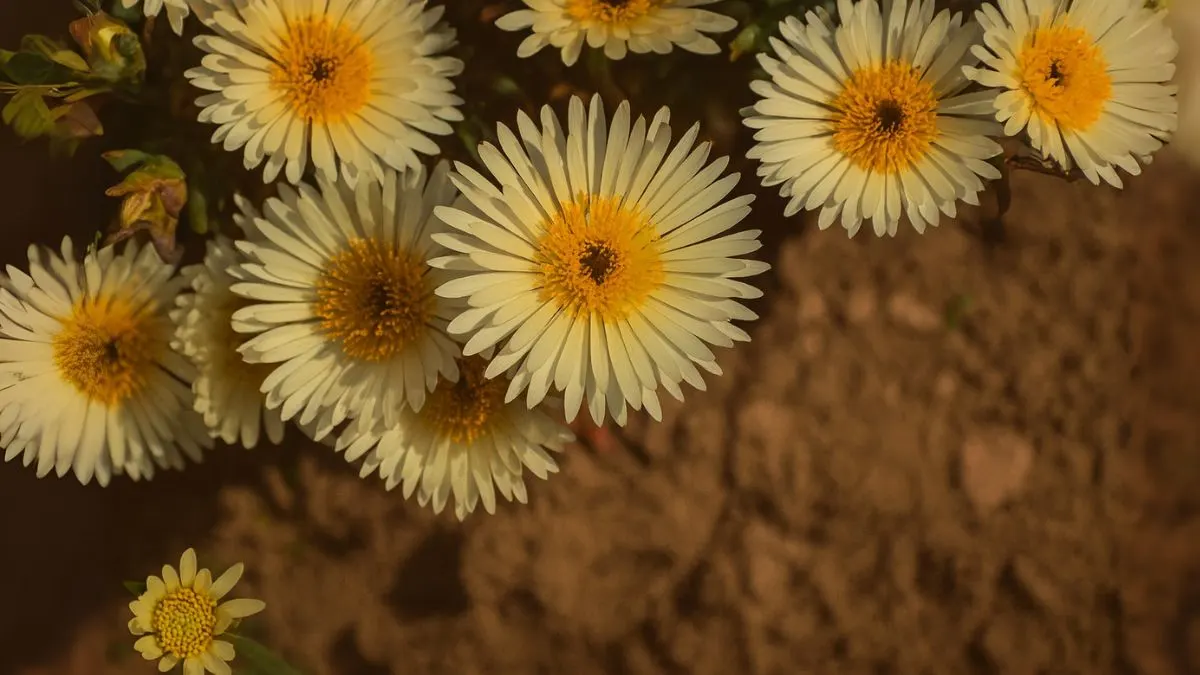If you’ve ever come across a ground cover sparkling like frost in full sunlight, chances are you were looking at an Ice plant (Delosperma cooperi). These frosty flowering plants are nature’s way of blending drama with durability. While some species get their name because thin layers of ice are extruded from long-stemmed plants, others are prized for their succulent leaves and daisy-like blooms that add vibrancy to gardens year after year.
In this blog, we’ll explore what makes Ice Plants special, their origins, how to grow them successfully, and why they are one of the best choices for gardeners seeking beauty without the burden of high maintenance.
What is the Ice Plant?

The Ice plant (Delosperma cooperi) is a stunning, flowering succulent shrub from South Africa, known for its ability to thrive in arid conditions. Its shimmering leaves have tiny reflective cells that give the illusion of frost, hence the name “Ice Plant.”
Another plant often linked with this name is frostweed or frost-plant, where a fascinating natural phenomenon occurs: ice ribbons form at the base of stems when water inside them freezes and expands, pushing thin layers outward. Both forms of “ice plants” remind us of how nature plays with texture and temperature.
Growing Conditions for Ice Plants
- Light: Frosty Ice Plant love being close to bright, sunny windows if grown indoors. Outdoors, they need full sunlight to bloom profusely.
- Soil: They thrive in sandy or rocky soil and dislike heavy clay. Always use well-draining soil, as excess moisture can lead to rot.
- Watering: Ice Plants are a drought-tolerant, low-maintenance ground cover. Water sparingly, allowing the soil to dry between watering sessions.
- Temperature: They adapt well to both warm and mildly frosty climates, making them suitable for regions in Canada, the USA, and Europe.
Also Read: Grow a Lotus Plant at Home and Watch Peace Bloom Daily
Why Gardeners Love Ice Plants
- Year-Round Beauty – With their jewel-toned flowers, they brighten up rock gardens, borders, and containers.
- Resilience – Their drought-tolerant nature makes them perfect for busy gardeners.
- Versatility – From sunny windowsills indoors to sprawling ground covers outdoors, Ice Plants fit everywhere.
- Pollinator-Friendly – Their daisy-like blooms attract bees and butterflies, supporting biodiversity.
Personal Experience with Ice Plants
When I first grew Ice Plants in a balcony container, I underestimated their growth. Within weeks, the plant spread across the pot, spilling over like a lush, living carpet. The best part? I hardly watered it. Its survival during a hot summer when other plants wilted made me a true fan of this “frosty wonder.”
Types of Ice Plants
Type |
Key Feature |
Delosperma cooperi |
Vibrant purple blooms; popular in rock gardens. |
Frostweed (frost-plant) |
Produces thin, icy ribbons at the stem base in cold conditions. |
Lampranthus spp. |
Bright, daisy-like flowers in multiple colors. |
Hardy Ice Plant Varieties |
Ideal for colder climates like Canada & Northern USA. |
Indoor vs. Outdoor Care
Indoor Care
- Place near sunny windows since Frosty Ice Plant love being close to bright, sunny windows.
- Use cactus or succulent mix to ensure good drainage.
- Water lightly once every 2–3 weeks.
Also Read: How to Grow Larkspur for Towering Color and Pollinator Traffic
Outdoor Care
- Great for xeriscaping and ground covers because Ice Plants are a drought-tolerant, low-maintenance ground cover.
- Pair them with other succulents or rock-garden favorites.
- In colder zones, bring potted plants indoors before frost hits.
Symbolism & Cultural Value
In many cultures, Ice Plants symbolize resilience and survival because of their ability to flourish where other plants struggle. Their frosty look and radiant blooms make them a favorite among landscapers who want gardens that tell a story.
The Ice plant (Delosperma cooperi) is much more than a garden filler—it’s a blend of beauty, science, and resilience. Whether you’re drawn to the frostweed phenomenon of thin layers of ice extruded from long-stemmed plants or the jewel-like flowers of succulent Ice Plants, this plant brings wonder to every space it inhabits.
If you’re looking for a plant that is beautiful yet fuss-free, the Ice Plant deserves a spot in your collection. From sunny windows indoors to sprawling outdoor ground covers, this South African succulent will keep your garden glowing season after season.






